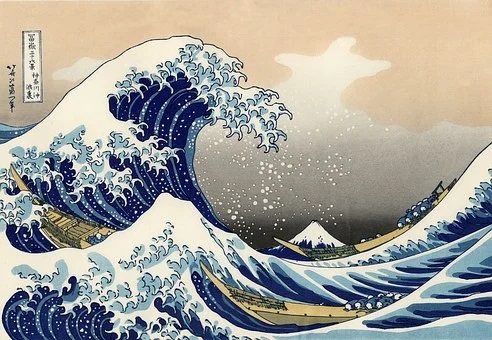When I was a child, my mum told me: sunset is the sunlight of the dead. Upon seeing sunset, one needs to chant mani mantra. Now I come to realise that we need to chant mani mantra not because sunset is the sunlight of the dead; rather, we need to practice virtue because our life has lost one day.
~Depicted from LUMINOUS WISDOM BOOK SERIES











